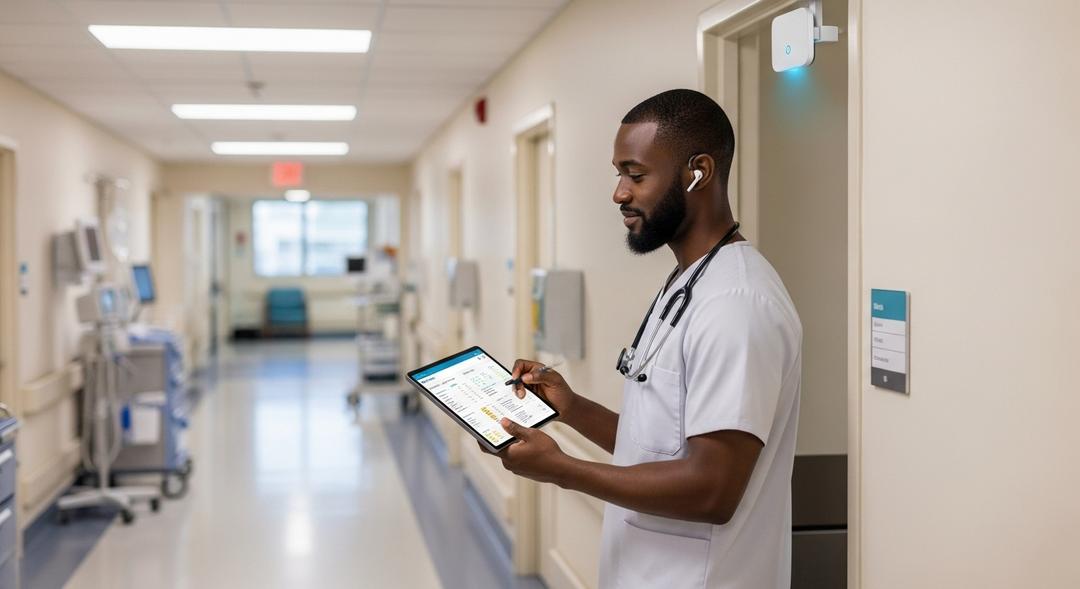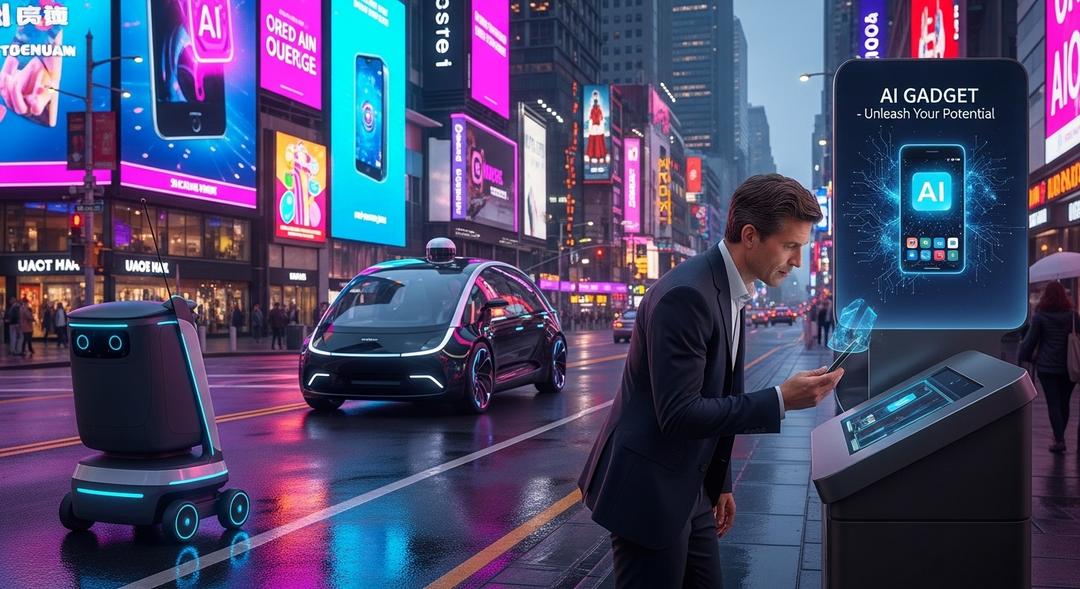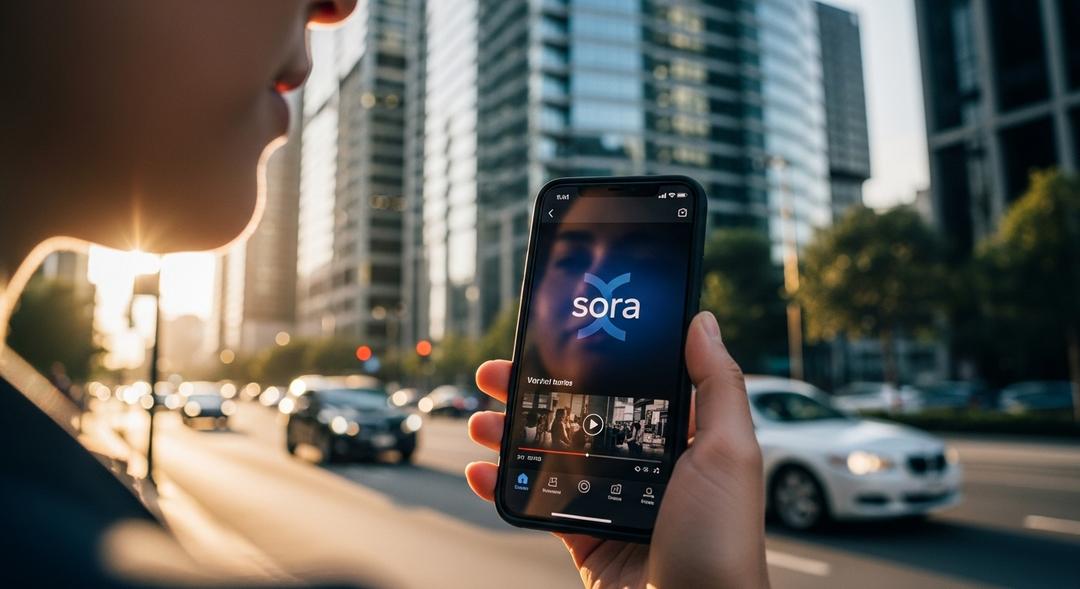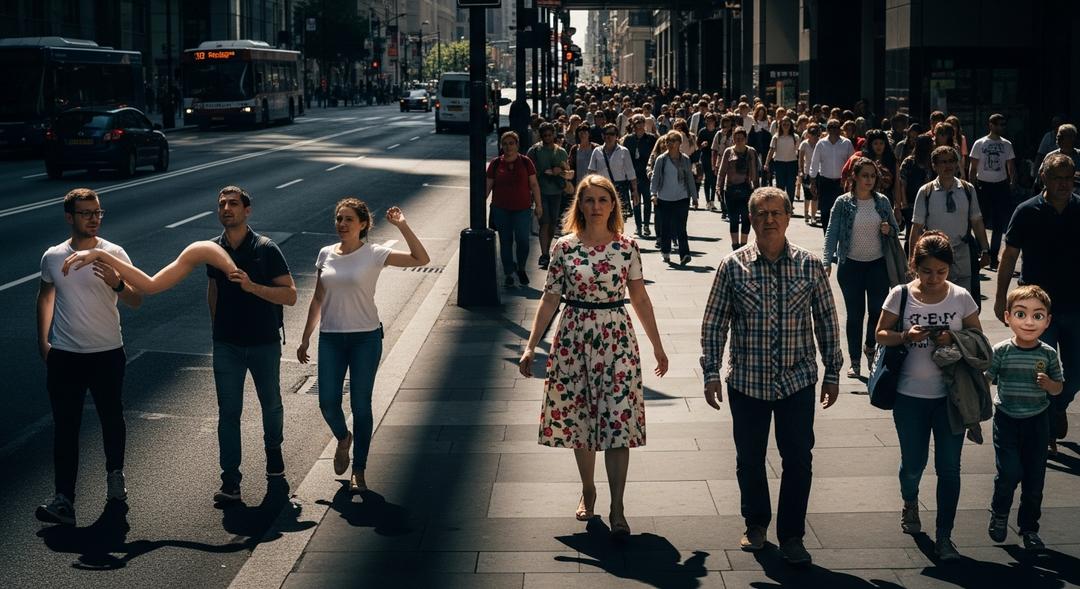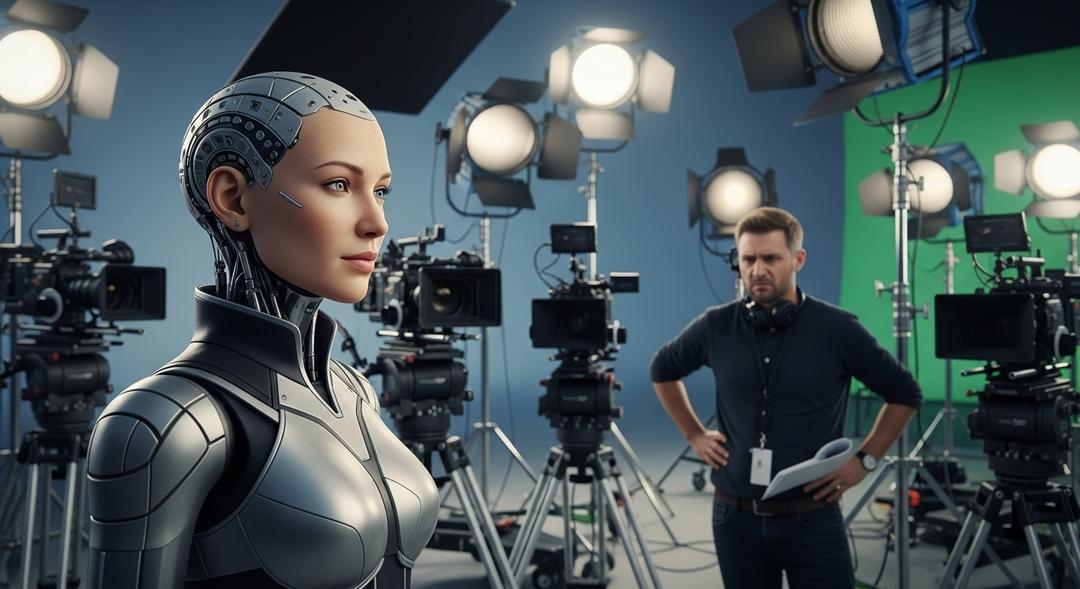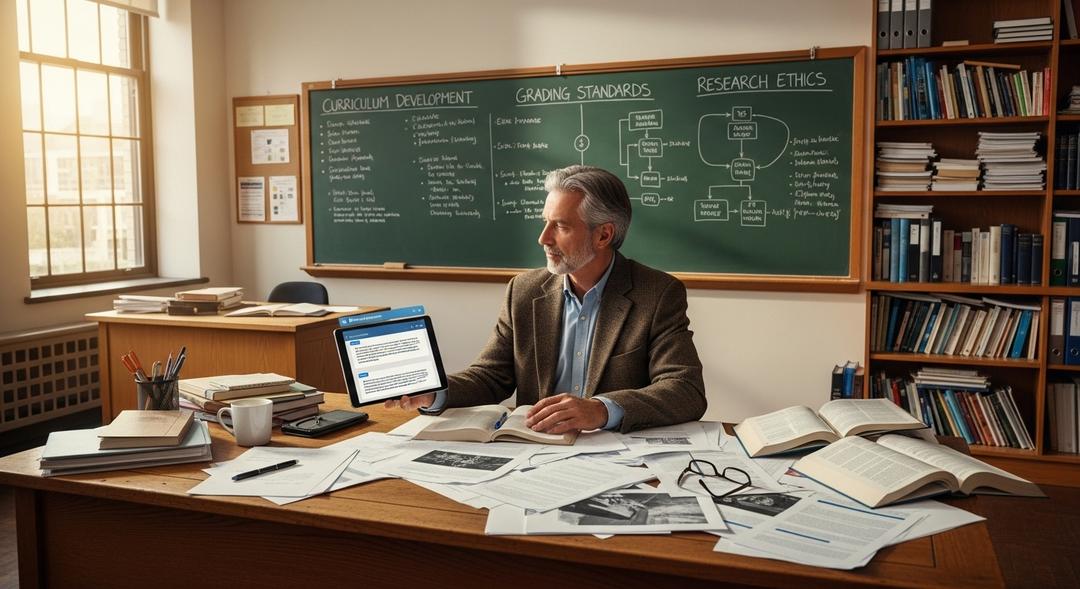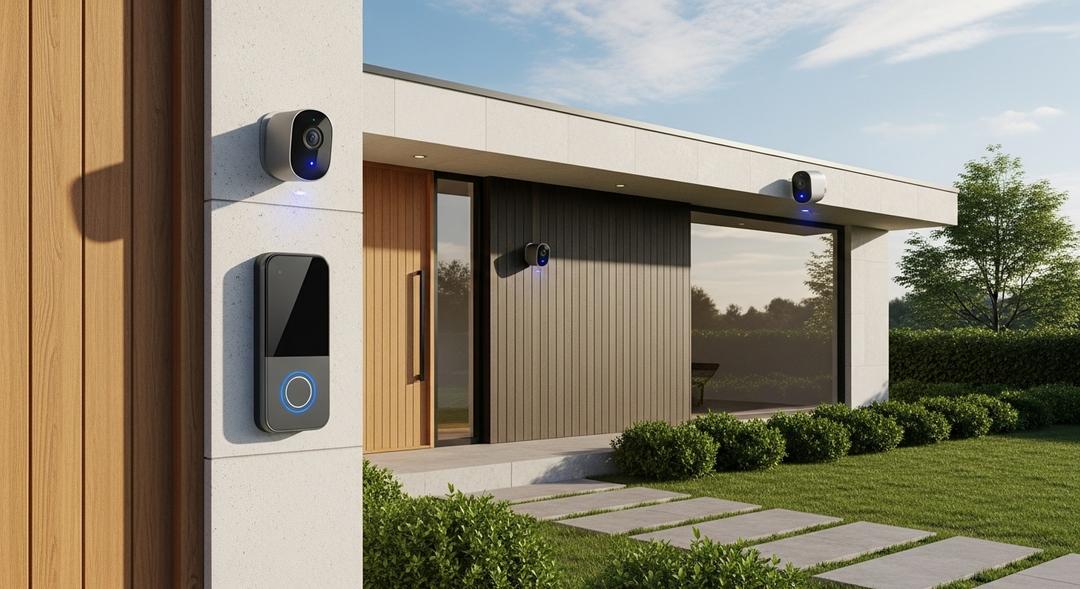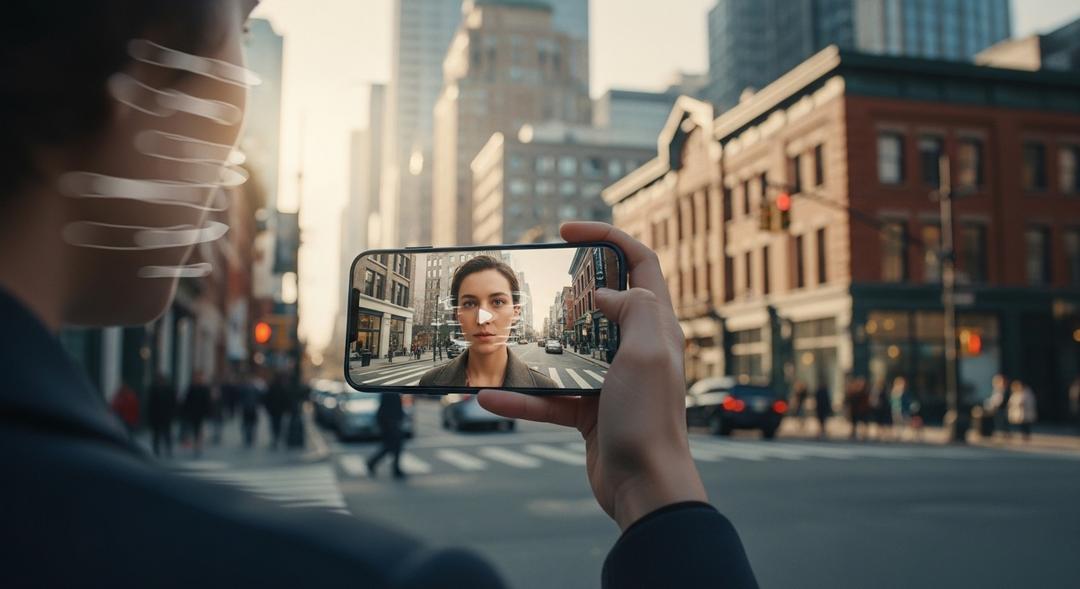Nurses at Tampa General Hospital are about to get a much-needed break from their computer screens.
Tampa General revealed plans today to introduce ambient listening technology for nurses into the Epic Rover mobile app specifically designed for its nursing staff. Traditionally, nurses devote a significant chunk of their workday to documentation tasks, sometimes as much as fifteen percent of their shift.
The hospital is now putting AI to work for nurses in the hope of allowing more time for direct care and fewer hours spent typing into a device. With this integration, bedside nurses will be able to use their voices to capture critical patient moments and automatically create clinical summaries, freeing up precious minutes that might have been lost.
Transforming Nursing Work with Conversation-Based AI
Microsoft’s new technology was developed as a response to the very real challenges nurses face daily on the hospital floor. Wendi Goodson-Celerin, Tampa General’s chief nursing executive, said, “Microsoft’s ambient listening technology can give nurses back hours of time per shift that they’d ordinarily spend manually entering data into a computer.” She emphasized that extra time returned to the nurses would be spent at the bedside or mentoring new colleagues.
Earlier this year, physicians within Tampa General’s network started using similar technology through tools like DAX Copilot. These ambient solutions are recognized for securely capturing patient conversations and converting them into concise and accurate clinical documents within seconds.
Amit Patel, who leads nursing informatics at Tampa General, described the impetus as simple but urgent: “We have long believed that the best, most successful innovations emerge as answers to real-world problems.” He underscored that putting this tech in nurses’ hands addresses real barriers to care and allows the human connections that make a major hospital stand out.
The expectation is that, within just a few months, these tools will help close the gap between patient assessments and final documentation, ultimately improving care coordination. Staff at the hospital are anticipating a future where charting does not take away from patient time, and where training and mentorship are finding new energy.
